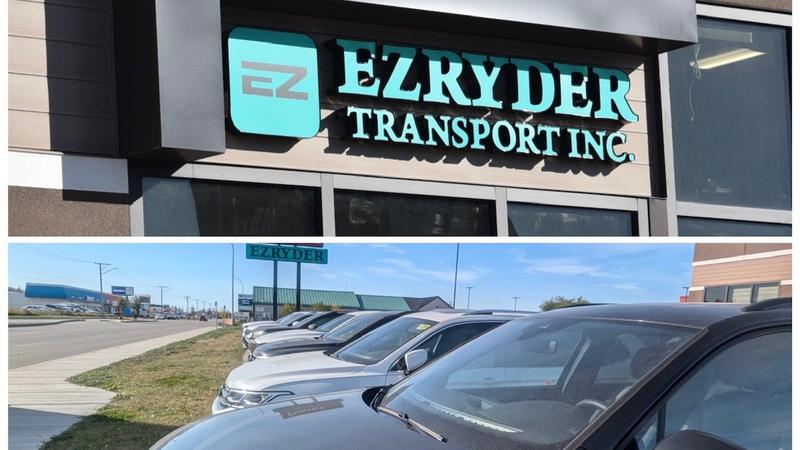
‘These are treaty territories’: Treaty signs unveiled on Highway 11
Five-foot-high, 12-foot-wide signs now stand alongside Highway 11, declaring to all those thousands who pass by every day that they are on Treaty territory.
The signs were installed Monday afternoon near Bladworth after a ceremony on a farm in the town. They declare to those heading south that they’re entering Treaty 4 territory, and for those heading north that they’re entering Treaty 6 territory.
Mary Culbertson, the Treaty Commissioner of Saskatchewan, said in some ways, the significance and importance of the signs is unexplainable.
“No one would think in 2022 that these weren’t there or they’ve never been there. It’ll spark dialogue. It’ll create education. It’s going to combat the miseducation that our society has had about Treaties and about the lands that they live on,” said Culbertson.


